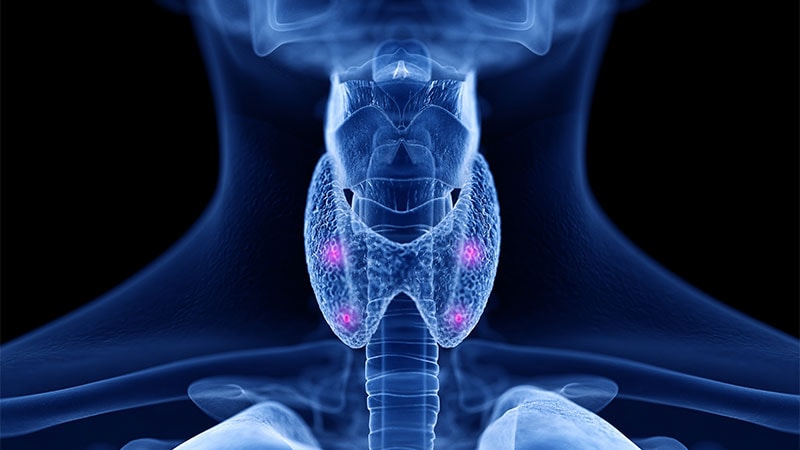High PTH Level Associated with NAFLD and NASH in Meta-Analysis
核心概念
High PTH levels are linked to NAFLD and potentially NASH.
摘要
TOPLINE:
- High PTH level significantly associated with NAFLD and nonsignificantly with NASH in meta-analysis.
METHODOLOGY:
- Systematic review and meta-analysis of 12 case-control studies on NAFLD/NASH.
- Data on mean PTH levels in cases and controls.
- Pooled weighted mean difference calculated using a random-effects model.
TAKEAWAY:
- Significant association between high PTH level and NAFLD in 10 studies with 1051 patients.
- Trend towards association of high PTH level and NASH in four studies with 99 patients.
- High statistical heterogeneity in both meta-analyses.
IN PRACTICE:
- High PTH level could be a marker for NAFLD and possibly NASH.
SOURCE:
- Led by Aunchalee Jaroenlapnopparat, MD, published in Diabetes & Metabolic Syndrome: Research & Reviews.
LIMITATIONS:
- Observational studies may not establish causal relationships.
- High statistical heterogeneity due to study differences.
- Limited studies and participants in NASH analysis.
DISCLOSURES:
- No relevant conflicts of interest.
客製化摘要
使用 AI 重寫
產生引用格式
翻譯原文
翻譯成其他語言
產生心智圖
從原文內容
前往原文
www.medscape.com
High PTH Level a Marker for NAFLD and Possibly NASH
統計資料
Pooled WMD of 5.479 for NAFLD.
Pooled WMD of 11.995 for NASH.
I 2 of 82.4% for NAFLD and 81.0% for NASH.
引述
從以下內容提煉的關鍵洞見
by Megan Brooks 於 www.medscape.com 08-03-2023
https://www.medscape.com/viewarticle/995123
深入探究
How can high PTH levels be effectively utilized in clinical practice for early detection?
High PTH levels can serve as a valuable marker for early detection of nonalcoholic fatty liver disease (NAFLD) and potentially nonalcoholic steatohepatitis (NASH) in clinical practice. Physicians can incorporate PTH level testing as part of routine blood work for patients at risk of liver diseases, such as those with metabolic syndrome, obesity, or diabetes. Monitoring PTH levels alongside other liver function tests can provide additional information to aid in the early identification of NAFLD and NASH. Early detection is crucial for implementing interventions to prevent disease progression and complications.
What are the potential implications of the high statistical heterogeneity in the meta-analyses?
The high statistical heterogeneity observed in the meta-analyses of PTH levels and liver diseases can have several implications. Firstly, it indicates variability among the included studies in terms of study design, patient populations, and methodological differences, which may affect the overall interpretation of the results. High heterogeneity can also raise concerns about the consistency and generalizability of the findings. Researchers should carefully consider these variations when interpreting the results and may need to conduct further studies to explore the sources of heterogeneity and ensure the robustness of the conclusions drawn from the meta-analyses.
How might the findings of this study impact the development of new diagnostic tools for liver diseases?
The findings of this study suggesting a significant association between high PTH levels and NAFLD, and a trend towards NASH, could potentially influence the development of new diagnostic tools for liver diseases. Researchers and clinicians may consider incorporating PTH level testing into diagnostic algorithms for NAFLD and NASH to enhance the accuracy of early detection. Further research could explore the role of PTH in the pathogenesis of liver diseases and its potential as a biomarker for disease progression and response to treatment. The study's results may stimulate interest in investigating the utility of PTH levels in combination with other markers to develop more comprehensive diagnostic tools for liver diseases.
0
